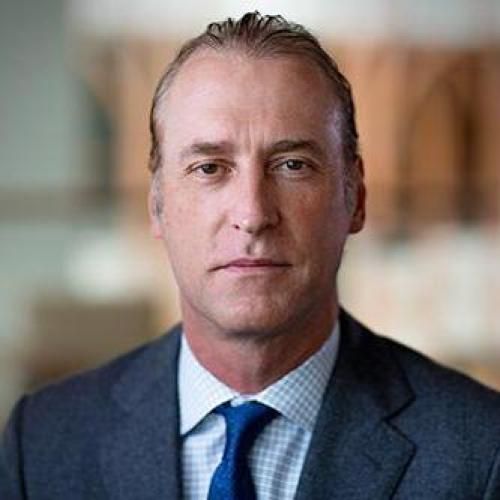Effect of the Veterans Affairs Medical System on plastic surgery residency training.
BACKGROUND: Teaching hospitals within the Veterans Affairs Health System perform the majority of complex and high-risk surgical procedures in the veteran patient population. Residency positions in the Veterans Affairs Medical System are usually part of a rotational educational system within a university-based residency, and plastic surgeons in training are a major work force and health care provider. The purpose of this study was to evaluate the current effect of the Veterans Affairs Medical System on plastic surgery residency training. METHODS: A 6-year (January of 1998 to December of 2003) review was performed of procedures completed at the Durham Veterans Affairs Medical Center, Section of Plastic Surgery. Procedures were divided into the following categories: extremities and trunk; breast and cosmetic; head and neck, including excision of skin lesions; hand surgery; craniomaxillofacial surgery; and other. Only procedures performed in the main operating room were reviewed and analyzed. In addition, a detailed review was performed of major head and neck reconstructions with free tissue transfer. RESULTS: A total of 1655 operative procedures were performed in 1290 patients. The ratio of men to women was 6:1 (1112 men and 178 women). Patients ranged in age from 26 to 97 years (average age, 62.7 years). Procedures in the extremities and trunk (n = 193, 11.7 percent), breast and cosmetic (n = 228, 13.8 percent), hand surgery (n = 155, 9.4 percent), and other (n = 275, 16.6 percent) categories were comparably distributed. Although the head and neck category accounted for the highest number of procedures (n = 766, 46.3 percent), the majority of these procedures were simple excisions of skin tumors (n = 612). There were significantly fewer major craniomaxillofacial cases (n = 38, 2.3 percent). CONCLUSIONS: Data from the retrospective analysis reveal that a broad spectrum of plastic surgical procedures is performed within the Veterans Affairs Health System, serving as a tremendous resource for resident training. The fact that approximately 260 procedures per year are performed demonstrates an active service. Craniomaxillofacial surgery is currently underrepresented compared with other categories at the authors' particular institution. By their definition, nonspecific plastic surgical procedures ("other") account for 275 (16.6 percent) of all 1655 procedures performed. This demonstrates that plastic surgery "overlaps" with other specialties, such as dermatology. The Veterans Affairs Health System will continue to play a significant role in the future training of plastic surgeons. Now, more than ever, a strong Veterans Affairs surgical service, including plastic surgery and its modern techniques, will be needed.
Duke Scholars
Published In
DOI
EISSN
Publication Date
Volume
Issue
Start / End Page
Location
Related Subject Headings
- United States Department of Veterans Affairs
- United States
- Surgery, Plastic
- Surgery
- Retrospective Studies
- Plastic Surgery Procedures
- North Carolina
- Middle Aged
- Male
- Internship and Residency
Citation
Published In
DOI
EISSN
Publication Date
Volume
Issue
Start / End Page
Location
Related Subject Headings
- United States Department of Veterans Affairs
- United States
- Surgery, Plastic
- Surgery
- Retrospective Studies
- Plastic Surgery Procedures
- North Carolina
- Middle Aged
- Male
- Internship and Residency

